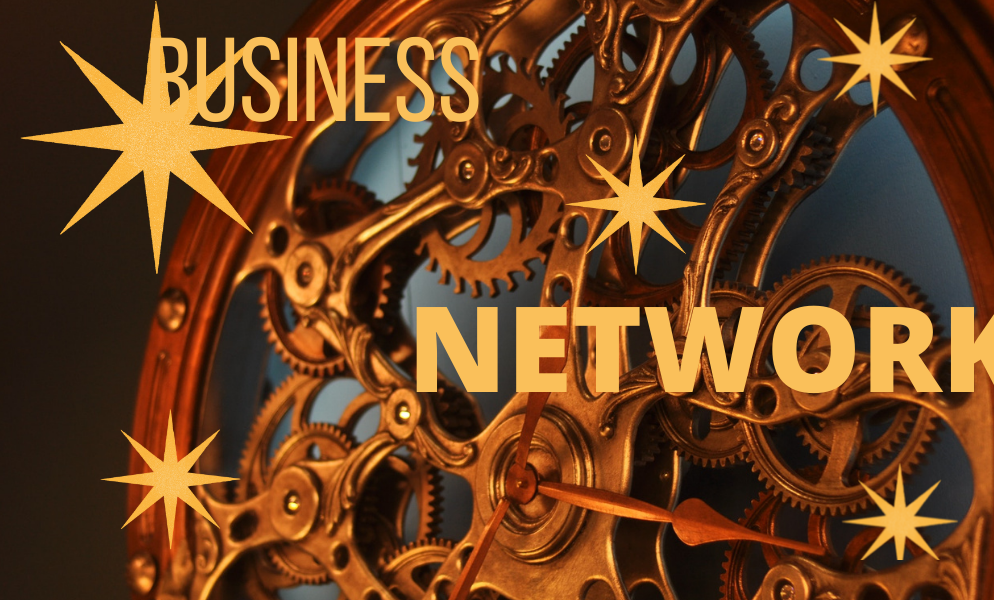Supply Chain Metaphors
I hope by now you have grasped the business model in which Supply Chain 3.0 resides. Before we examine all the concrete benefits of Supply Chain 3.0, let us briefly differentiate it from its predecessors. Table 1 sets out to do that:
Table 1 – Supply Chain Metaphors
I must add here that this is yet a preliminary table; many of the concepts being presented here are still being explored. To the best of my knowledge they are articulated for the first time in The 5-STAR Business Network. I am leaving the full discussion of this table to future blogs because it will take a lot of time to explore the fundamental differences between each generation of supply chain and the triggers that launched the next generation.
Whether you are a small, mid-market or large corporation, whether the economic volatility is high or low, whether the economic growth environment is high or low – in almost all situations for every company, supply chain 3.0 provides outstanding benefits over and above its predecessors.
Why?
Because it helps leverage the power of business networks with external partners. Let me explain further.
Who says Elephants cannot dance – all you need is good music
Large businesses are notorious for moving too slowly and being less nimble than their smaller counterparts. Layers of management, volumes of policy and procedures, risk management protocols are all designed with good intent. However, over a period of time as the intention becomes blurred and the link between the purpose and edict becomes more and more tenuous. In other words, old companies just get old and sclerotic, and lose their suppleness.
Dozens of large companies are discovering that the best way of retaining nimbleness in face of above situation is to formulate tight-lose supply chain relationships with other, more nimble companies. This is not restricted to business process outsourcing arrangements, or Japanese style Kieretsu structures. Almost all companies try and keep their labour force numbers flexible by using some form of sub-contracting, for example. At a higher level of value added, collaboration between entities for research, new product development and customer solutions creation increases the nimbleness and responsiveness of old age corporations.
| Supply Chain 0.0 | Supply Chain 1.0 | Supply Chain 2.0 | Supply Chain 3.0 | |
| Value Addition | Uncertain | Accretion | Synergy | Synchronicity |
| Mathematical Principle | 2+2 ??? | 2+2=4 | 2 & 2 = 5 | 2 & 2 is 22 |
| Physical Metaphor | Folk lore | Mechanical (Newton) | Quantum (Max Planck) | Relativity (Einstein) |
| Cognitive Principle | None | Impulse | Conscious | Sub-conscious |
| Organisational Metaphor | Brownian motion (Chaos) | Chronometer | Orchestra (feel the well-arranged and rehearsed music) | Schools of fish (see the spontaneous music in action, changing every second) |
| Visual Metaphor | Candle | Torch | Laser | Sunlight |
| Key Co-operation Mechanism | None | Control (Forced) | Co-ordinate (Labored) | Co-create (Spontaneous) |
| Economic Metaphor | Barter – primitive economy | Free Markets – Invisible hand | Managed Markets – Firm hand | Networks – joined hands |
| Economic Principle | Foragers | Scarcity | Prosperity | Abundance |
| Key Actors | Gangs (Tribes) | Individuals | Organisations | Networks |
| EconomicGuru | None | Adam Smith | J. M. Keynes | Barry Nalebuff |
| Management Guru | None | Peter Drucker | Alfred Chandler | C.K. Prahalad |
Small companies can have a much larger impact with supply chain 3.0
If the impression so far is that supply chain 3.0 is only for larger, more established companies, it could not be more wrong. In fact, supply chain 3.0 is even more useful for smaller companies who can project their strengths and best attributes on a far wider scale using their 5-STAR Business Networks. Now Red Bull is a large company, but cast your mind back a few decades when it was a small start-up competing in the global beverages industry against much larger giants. Gaining traction in more than 100 markets in a matter of 2 decades against the formidable competition who took nearly 7 decades to do that was no small feat. It would have been next to impossible without due regard to a close network of business partners and service providers. But Red Bull is not the only example of a smaller player running rings around their much larger competition by configuring their 5-STAR Business Network. We have helped a number of our client corporations achieve similar results in industries as diverse as solar energy, retail, chemicals, heavy engineering, machine tools and FMCG. More pertinently, we have used the same concepts in our own business to help our clients create results far superior than our top-tier strategy consulting competitors could. Most clients are surprised when they come to our office when they see how small our core operations is – because based on our results and global reach, they expect our company to have a much larger regular payroll. Find out the concrete benefits of Supply Chain 3.0 in the next blog entry of this series.The 5-STAR Business Network: And The CEOs Who Are Building The Next Generation Of Super Corporations With It

I hope by now you have grasped the business model in which Supply Chain 3.0 resides. HOW SUPPLY CHAIN 3.0 CAN LEAD TO TANGIBLE BUSINESS BENEFITS (Part 4 of 6)
URL: https://5starbusinessnetwork.com/
Author: Vivek Sood
Editor's Rating:
5
5




